If you’re like me, not ready to settle for less, you must have already tried every trick in the cold outreach book, including some of the risky or controversial ones.
Well, there’s definitely been a lot of talk about using emojis in sales emails, yet, many SDRs consider them inappropriate for business communications. Attachments – a less talked about tactic – is one I really wanted to explore myself.
The good thing is I have our amazing data science team by my side and they’ve analyzed 2 million emails to help me figure out how emojis and attachments might affect your email performance.
And I’m happy to share some of our findings with you in the next issue of Reply Research – a series of data-backed blog posts exploring different aspects of outreach.
Let’s get to the point!
![[Reply Research] Can Emojis and Attachments Impact Your Cold Email Performance? [Reply Research] Can Emojis and Attachments Impact Your Cold Email Performance?](https://reply.io/wp-content/uploads/smile-1080x567.jpg)


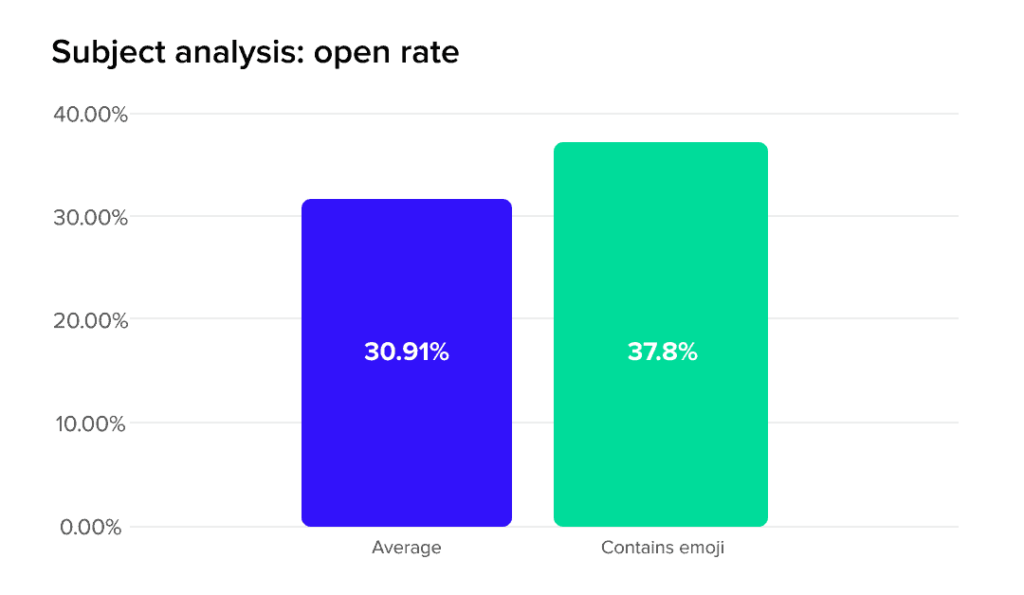
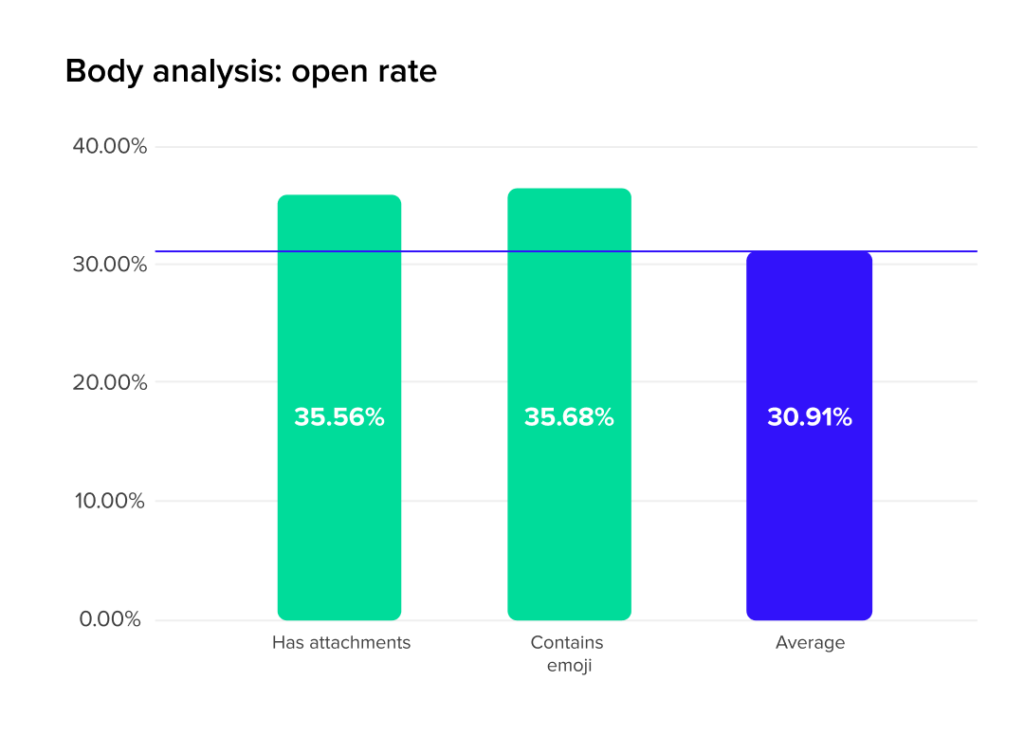


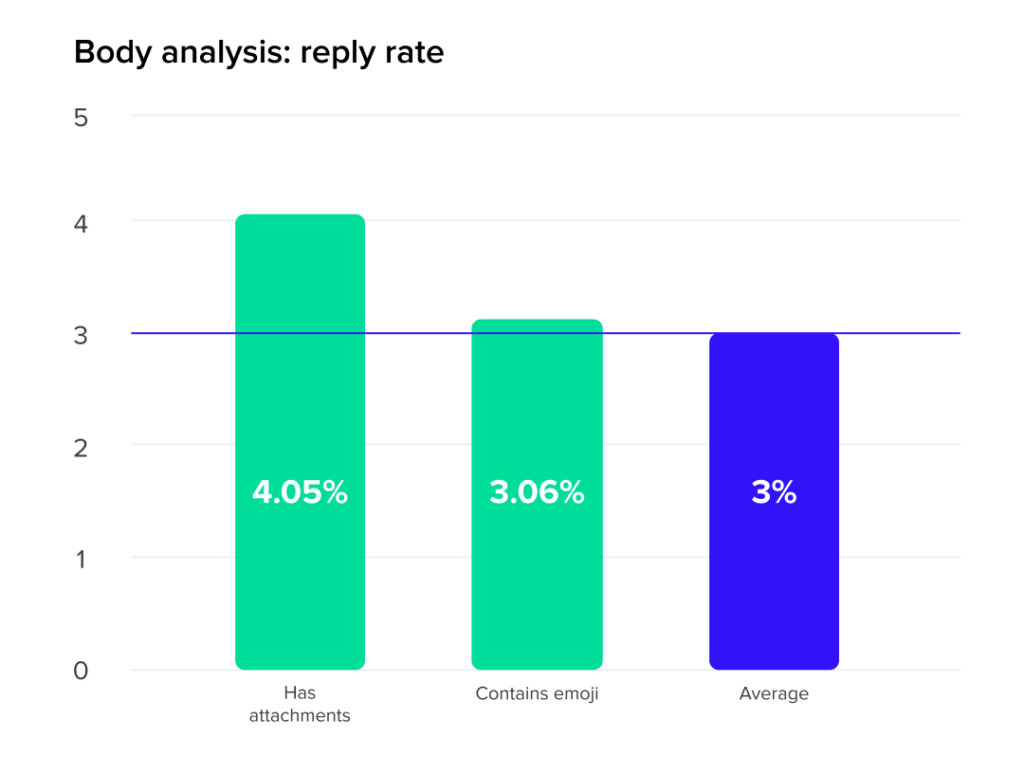
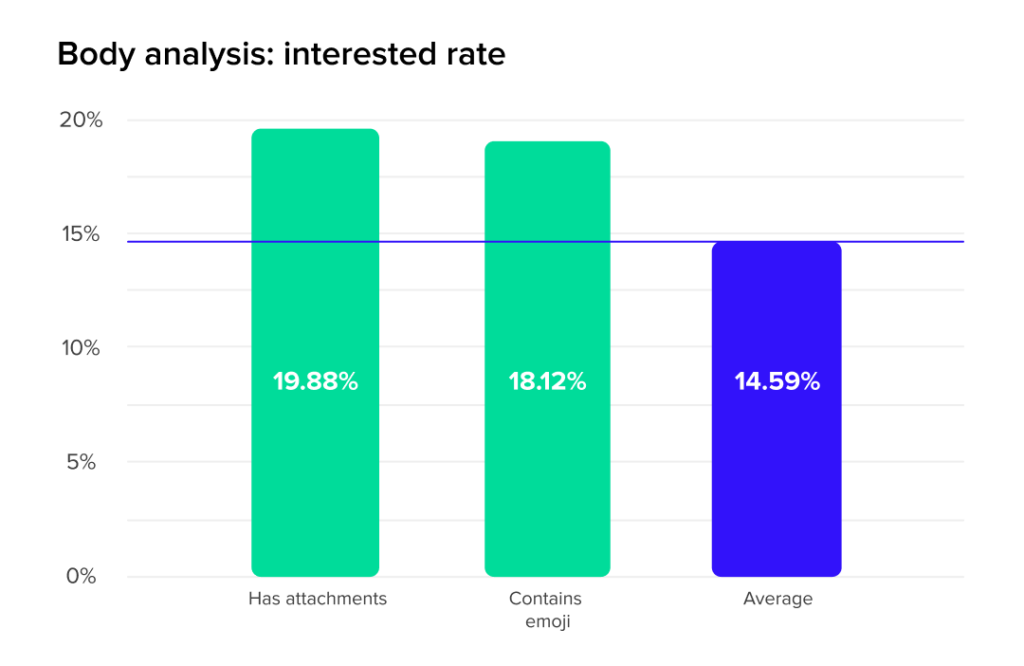
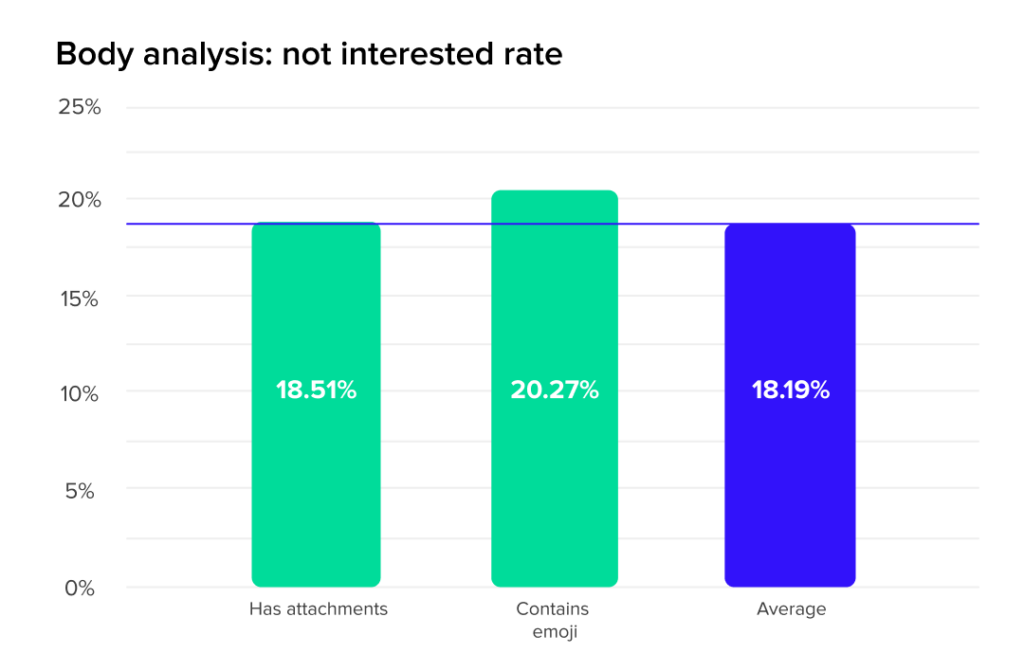
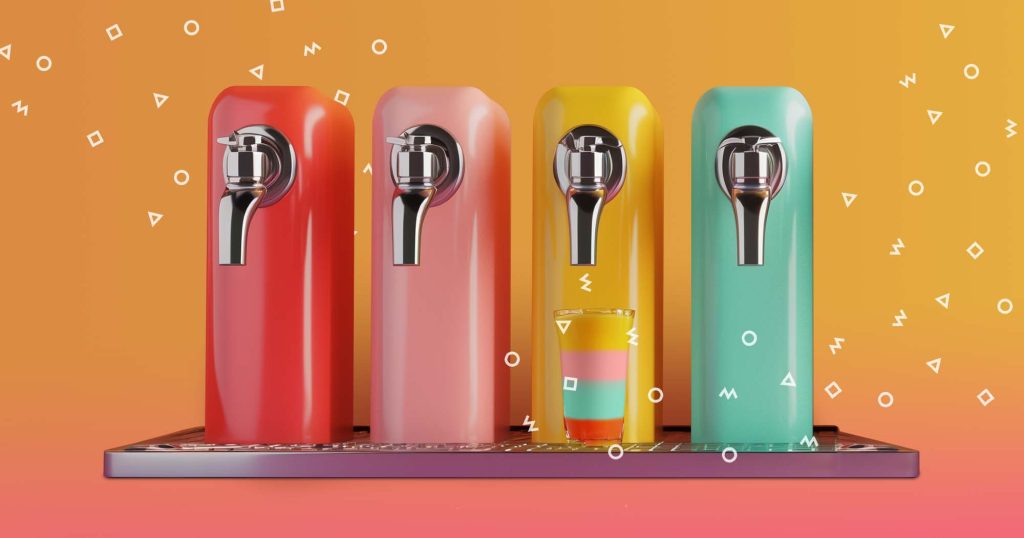

![Upselling and Cross-selling: The Go-To Guide [+7-Step Framework Inside] Upselling and Cross-selling: The Go-To Guide [+7-Step Framework Inside]](https://reply.io/wp-content/uploads/upsale-1024x538.jpg)
